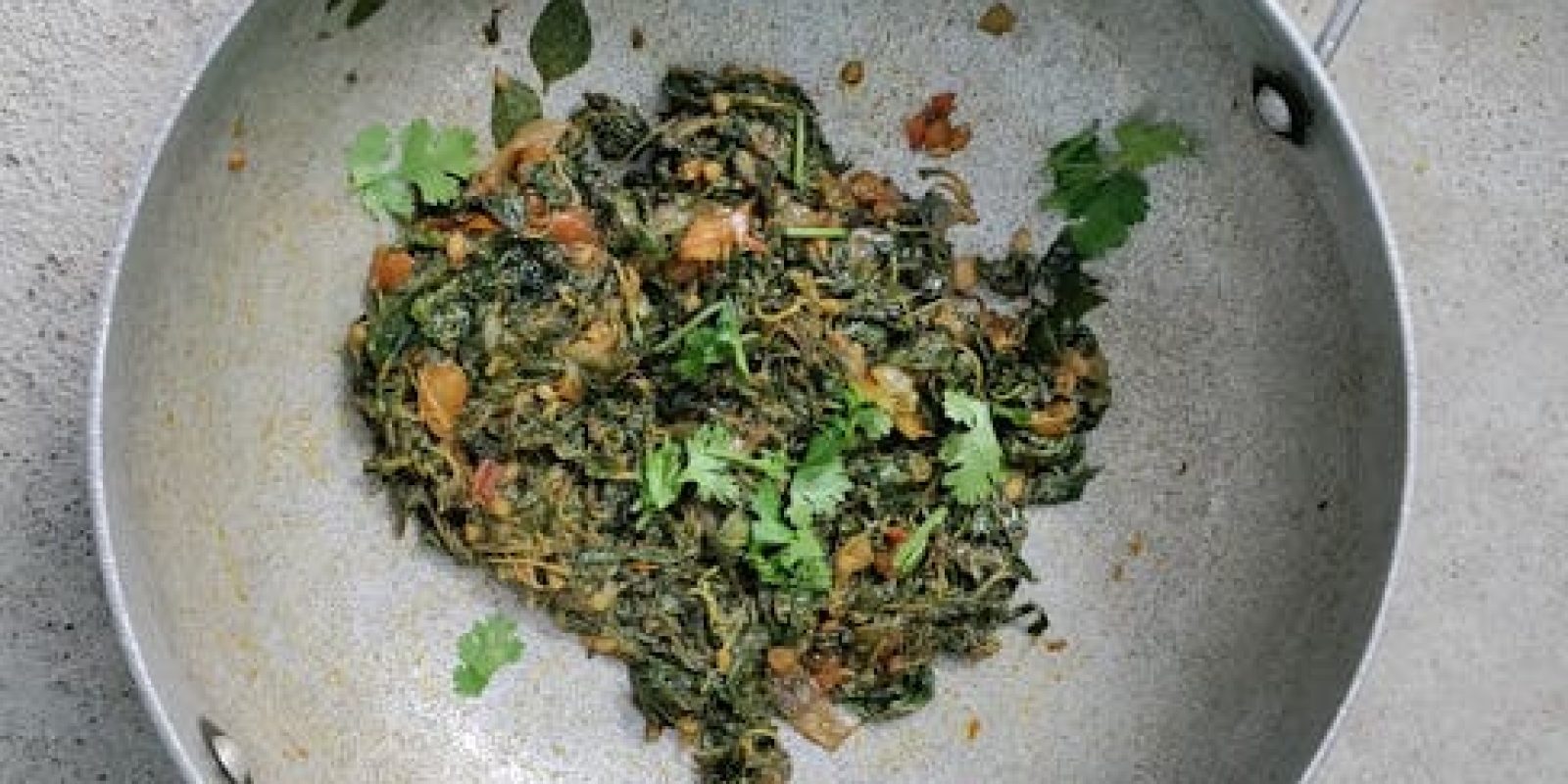Healthy Food in Indian Cuisine: Balanced Curries
Indian cuisine is renowned for its vibrant flavors, aromatic spices, and a tantalizing variety of dishes that cater to diverse palates. While curries often get a reputation for being rich and indulgent, they can also be a powerhouse of nutrition when prepared thoughtfully. This blog post delves into the world of balanced curries, offering insights, tips, and delectable examples to help you enjoy healthy Indian cuisine.
The Historical Context of Indian Curries
Indian curries have a rich history that dates back thousands of years. Originally influenced by Ayurveda, the ancient Indian system of medicine, curries were designed to heal and nourish the body. Traditional Indian cooking often emphasizes balance, using spices and ingredients that complement each other to boost both flavor and health benefits.
What Makes a Curry Balanced?
A balanced curry is one that combines the right proportions of macronutrients—carbohydrates, proteins, and fats—along with an abundance of vitamins and minerals. Here are some key elements to consider:
1. Diverse Ingredients
Incorporate a variety of vegetables, legumes, and lean proteins. Not only do these add flavor and texture, but they also ensure a range of nutrients. For example, a chickpea curry offers protein and fiber, while a spinach curry provides iron and vitamins.
2. Healthy Cooking Oils
Opt for oils that are rich in monounsaturated and polyunsaturated fats. Olive oil and mustard oil are excellent choices. Avoid using excessive oil to keep the calorie count in check.
3. Limit Saturated Fats
While traditional recipes might call for generous amounts of ghee or cream, these can be substituted or reduced. Use yogurt as a creamy base for curries, which adds probiotics and reduces fat content.
4. Whole and Unprocessed Ingredients
Use whole ingredients like fresh tomatoes rather than canned ones, and grind your own spices to avoid additives and preservatives.
Health Benefits of Balanced Curries
Eating balanced curries not only satisfies your taste buds but also offers numerous health benefits:
Rich in Antioxidants
Spices like turmeric, cumin, and coriander are loaded with antioxidants that help fight inflammation and chronic diseases.
Heart Health
Ingredients such as garlic and ginger are known to lower cholesterol and improve heart health. A study published in the Journal of Nutrition highlighted that garlic can reduce blood pressure by up to 10%.
Improved Digestion
Spices like fennel and cumin are known to aid digestion, reducing bloating and enhancing nutrient absorption.
Practical Tips for Cooking Balanced Curries
Creating a balanced curry doesn’t have to be daunting. Here are some practical tips to get you started:
1. Plan Your Meal
Decide on a protein source (like lentils or chicken), a variety of vegetables, and select your spices. This helps in maintaining nutritional balance.
2. Portion Control
Be mindful of portion sizes. A typical serving of curry should be about half a cup, paired with a small serving of whole grains like brown rice or quinoa.
3. Experiment with Spices
Don’t shy away from experimenting with spices. Each spice has unique health benefits, so mix and match to suit your taste and health needs.
4. Use Homemade Pastes
Create your own masalas and pastes using fresh ingredients. This not only enhances flavor but also avoids the sodium and preservatives found in store-bought versions.
Delicious and Balanced Curry Recipes
Here are some easy-to-make, balanced curry recipes:
Chana Masala (Chickpea Curry)
Ingredients: Chickpeas, tomatoes, onions, garlic, ginger, turmeric, coriander, cumin, and green chilies. Cook with a splash of olive oil and garnish with fresh cilantro.
Palak Paneer (Spinach and Cottage Cheese Curry)
Ingredients: Fresh spinach, paneer (or tofu for a vegan option), garlic, ginger, garam masala, and cumin seeds. Use low-fat yogurt for creaminess.
Lentil Curry
Ingredients: Lentils, carrots, potatoes, onions, tomatoes, turmeric, cumin, and mustard seeds. Serve with a side of brown rice for a complete meal.
Conclusion
Indian curries, when prepared with mindfulness and a focus on balance, can be a delicious and nutritious addition to your diet. By incorporating diverse ingredients, using healthy oils, and experimenting with spices, you can enjoy the richness of Indian cuisine without compromising on health. Remember, the key to a balanced diet is variety and moderation. So, embrace the vibrant world of Indian curries, and let your culinary journey towards health and wellness begin!
For more tips and recipes, subscribe to our newsletter and stay updated with the latest in healthy culinary trends. Happy cooking!



